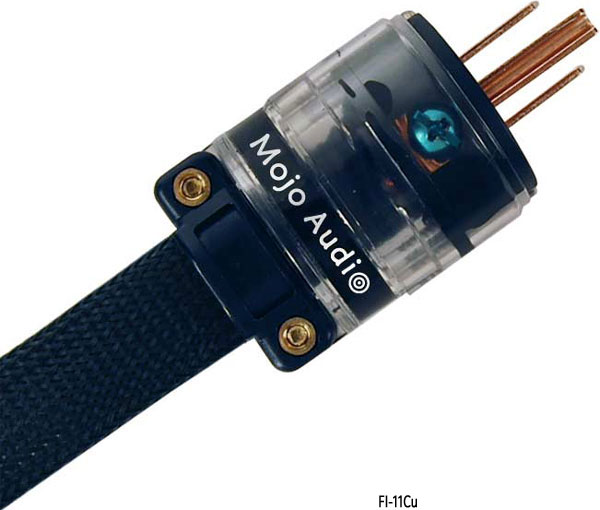LB: We often hear about “bit perfect.” What does that mean?
BZ: “Bit perfect” means that there is no difference between the bits that are input to the player software and the bits that are output from the player software. When music is transferred from a CD to a lossless computer audio CODEC, it is compressed using algorithms. When the compressed file is played back, other algorithms are used to expand the compressed file back to the same number of bits as the original quantized data. In this process of compression and expansion, there is much room for error.
Though the ALAC, FLAC, and WMA9 files that are imported, ripped, or stored in any operating system are bit perfect, files that are played through iTunes or Windows Media Player are no longer bit perfect due to the automated upsampling, downsampling, and error correction algorithms.
LB: Certain software players, like PureMusic and Amarra, work in conjunction with iTunes. How well do they work?
Software programs such as Amarra, Pure Music, and Bit Perfect are what are called “overlay” programs; they retain the user-friendly and graphically stunning aspects of iTunes while adding high-performance audio engines. We’ve found that audiophile player software that overlays iTunes significantly improves the sound quality over iTunes alone; however, any player software that interfaces with iTunes appears to retain some of the same mechanical, smoothed-over, and unemotional character.
This is not just my opinion. During the dozens of listening tests we’ve conducted at audio fests, listeners virtually without exception have preferred software that is not using iTunes. The difference is not subtle and no one has ever asked if I could go back so they could compare again. After 10-20 seconds, listeners consistently say “go back to the other one.”
LB: What player software do you consider to be bit perfect and why?
BZ: As logic would dictate, there should be no sonic differences between bit perfect players when used with the same components. However, we have found that various versions of playback software do sound different. Based on this, I can only presume that despite the claims made by the companies that sell them, not all media players are in fact bit perfect.
There are players we assume are bit perfect based on consistent and overwhelming listener approval. Interestingly enough, and as one would expect, all of these players sound and perform so similar, it would be hard to pick one from another in a blind listening test. These nearly identical-sounding players include Audirvana (free download for Apple only), Foobar (free download for Windows only), and JRiver ($49.95 download available for both Windows; an OS X version has been promised for the near future).
Foobar and Audirvana are modest in terms of graphics and user-friendliness, while JRiver is among the most full-featured and user-friendly media players currently available. Mojo Audio’s media server comes with the free version of Audirvana, and we strongly recommend that our customers do not purchase any player software without first comparing it to the free version of Audirvana.
Keep in mind that with all Windows-based players using Windows Vista or later, the user must select WASAPI playback mode in order to get bit perfect performance. WASAPI mode is a feature added to recent incarnations of Windows that allows the user to bypass error-correcting algorithms in the Windows operating system. Kernel streaming can be used for bit perfect playback with older versions of Windows; however, because of ease of use, it appears that WASAPI is quickly becoming a standard. Both Foobar and JRiver allow users to select WASAPI as a playback mode in preferences.
LB: Is your Media Server “plug n’ play,” or does its operation require one to be computer savvy? Your Media Server is a “headless” computer, lacking a monitor, keyboard and mouse. Does the end-user need to supply these devices, or can all functions be implemented with a remote device, such as an iPod or iPad?
BZ: The DAC or USB-to-SPDIF converter the customer is using would dictate how much they would need to set up. Some of these components are automatically recognized, and some require drivers to be installed. In every case, the customer needs to select the output device in their media player software’s “preferences.”
Importing music and managing a music library takes a bit of experience, but iTunes is easy to learn and technical assistance is readily available.
User-interface devices, such as a monitor, keyboard, or mouse, are usually plug and play. Though we recommend “headless” operation for optimal performance, we also recommend having a monitor, keyboard, and mouse to set up the “headless” controller and for troubleshooting. Any type of “headless” remote desktop device, such as an iPad or smart phone, requires a bit of software installation and preference selection.
In any event, we often walk inexperienced customers through the initial setup. Customers also can contact Apple for answers to many software-related questions.
- ← Previous page
- (Page 5 of 6)
- Next page →


There is some misleading information. OS X is NOT based on Linux, it’s based on Unix. There is a difference, albeit not that much, but OS X is NOT based on Linux. Ben might want to change his response to the question.